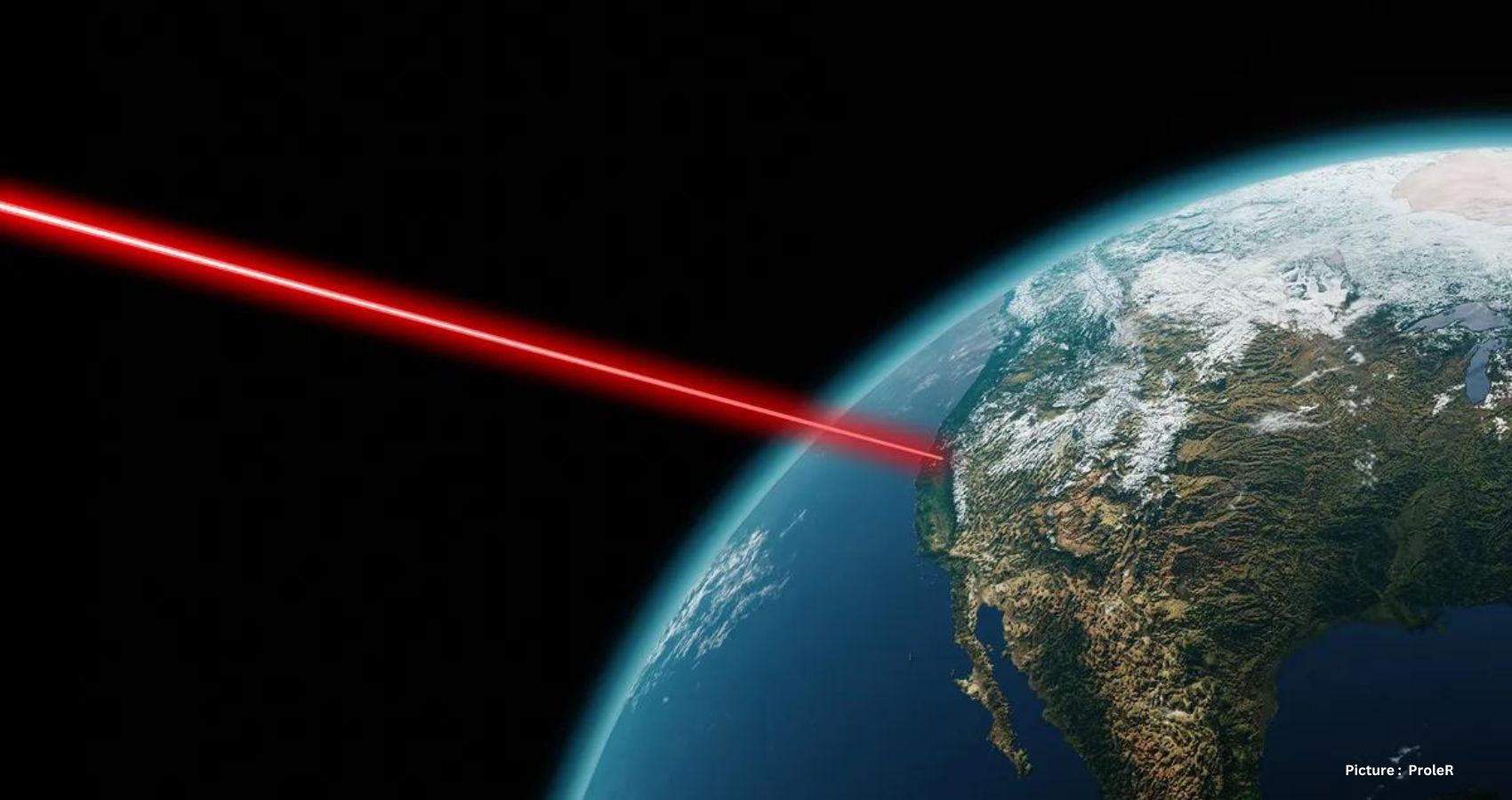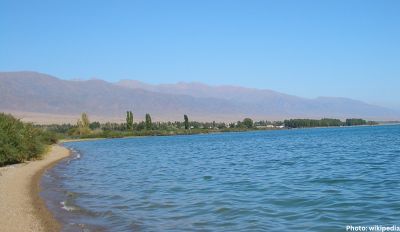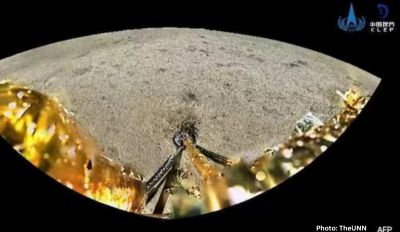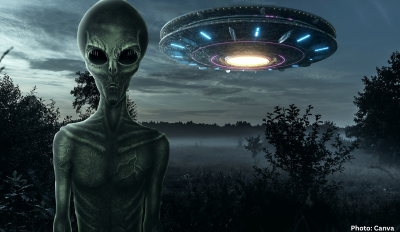In a groundbreaking achievement, an experiment conducted aboard NASA’s Psyche spacecraft has utilized deep space optical communications (DSOC) to transmit a laser-encoded message to Earth from a distance unprecedented in space exploration. The DSOC, part of a two-year tech demonstration riding alongside the Psyche mission en route to the asteroid Psyche, successfully beamed a near-infrared laser carrying test data from a position approximately 16 million kilometers away—about 40 times farther than the Moon is from Earth. This remarkable feat marks a significant milestone in optical communication technology and has the potential to revolutionize spacecraft communication methods.
The Deep Space Optical Communications (DSOC) achieved “first light” on November 14, as reported by NASA’s Jet Propulsion Laboratory (JPL), the entity overseeing both missions. This accomplishment resulted from a precise maneuver where the DSOC’s laser transceiver locked onto JPL’s powerful uplink laser beacon at the Table Mountain Observatory. This alignment enabled the DSOC’s transceiver to direct its downlink laser to the Hale Telescope at Caltech’s Palomar Observatory in California, located 130 kilometers away.
Trudy Kortes, Director of Technology Demonstrations at NASA HQ, highlighted the significance of this achievement, stating, “Achieving first light is one of many critical DSOC milestones in the coming months, paving the way toward higher-data-rate communications capable of sending scientific information, high-definition imagery, and streaming video in support of humanity’s next giant leap: sending humans to Mars.”
While optical communications have been employed in Earth’s orbit previously, this marks the farthest-ever distance covered by laser beams. Laser communication involves the transmission of a beam of photons moving in the same direction at the same wavelength. The advantage lies in the ability to pack vast amounts of data into tight waves, allowing for unprecedented data transmission speeds. The DSOC tech demo aims to demonstrate transmission rates 10-100 times greater than current top radio communication systems, offering the potential for missions to carry higher-resolution scientific instruments and enabling faster communication for deep space missions, such as live video streams from the surface of Mars.
Dr. Jason Mitchell, Director of the Advanced Communications and Navigation Technologies Division within NASA’s Space Communications and Navigation program, emphasized the benefits of optical communication for scientists and researchers, stating, “Optical communication is a boon for scientists and researchers who always want more from their space missions and will enable human exploration of deep space. More data means more discoveries.”
Despite the success of this record-breaking technology demonstration, challenges remain. The precision required to point the laser beam increases with greater distances, and the signal’s photons become fainter, leading to potential lag times in communication. During the November 14 test, the photons took approximately 50 seconds to travel from Psyche to Earth. As Psyche reaches its farthest distance, this travel time is expected to extend to around 20 minutes, necessitating adjustments in the laser positions on both Earth and the spacecraft to account for changes in position.
Meera Srinivasan, Operations Lead for DSOC at JPL, acknowledged the formidable challenge faced by the DSOC and Psyche operations teams, stating, “[The] test was the first to fully incorporate the ground assets and flight transceiver, requiring the DSOC and Psyche operations teams to work in tandem. It was a formidable challenge, and we have a lot more work to do, but for a short time, we were able to transmit, receive, and decode some data.”
Abi Biswas, Project Technologist for DSOC at JPL, encapsulated the achievement by stating, “[We] were able to exchange ‘bits of light’ from and to deep space.” This exchange of bits of light holds the potential to redefine how we communicate in the realm of space exploration, opening up new frontiers for data transmission and scientific discovery.











